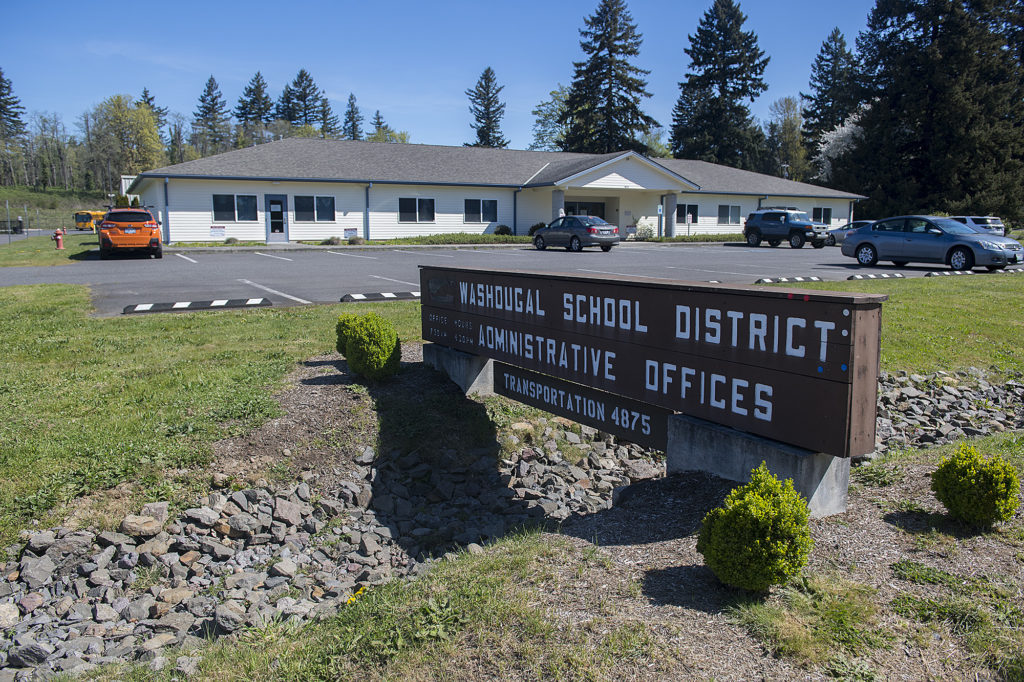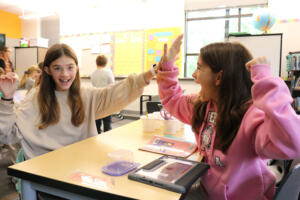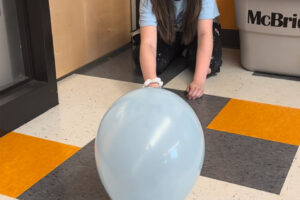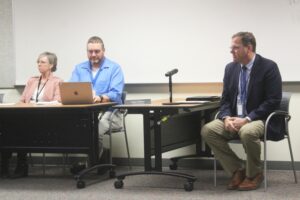The Washougal School District wants to provide its students with increased opportunities to learn a second language and embrace cultural diversity.
Washougal school leaders are planning to implement a dual-language learning program for the 2021-22 school year, and have assembled a community task force to present a “master plan” for the program at a school board meeting later this year.
“This is another example of how we’re thriving and not just surviving at this time,” assistant superintendent Renae McMurray said during the Washougal school board’s Feb. 23 meeting. “(We’re) building new programs and really thinking about how we challenge all of our students and how we are providing students with opportunities to be competitive when they move on to college and careers after they leave the Washougal School District.”
Superintendent Mary Templeton said she has dreamed of starting a dual-language program for a few years.
“Immersion is the best method when you’re thinking about acquisition of language,” said Templeton, who taught high-school German classes for 15 years before moving into administrative positions. “I am passionate about this topic and super excited to see us move forward. This is certainly an ambitious undertaking, but one that we have committed to (in order) to move our district forward. We believe that having a dual language program on our pallet of offerings is only going to attract more students to the Washougal community.”




